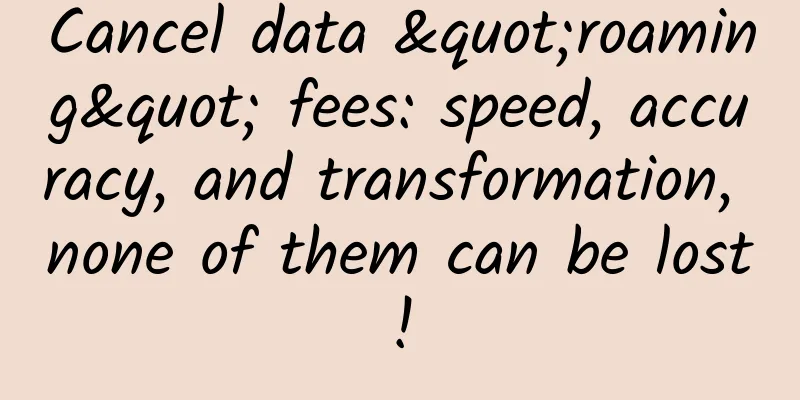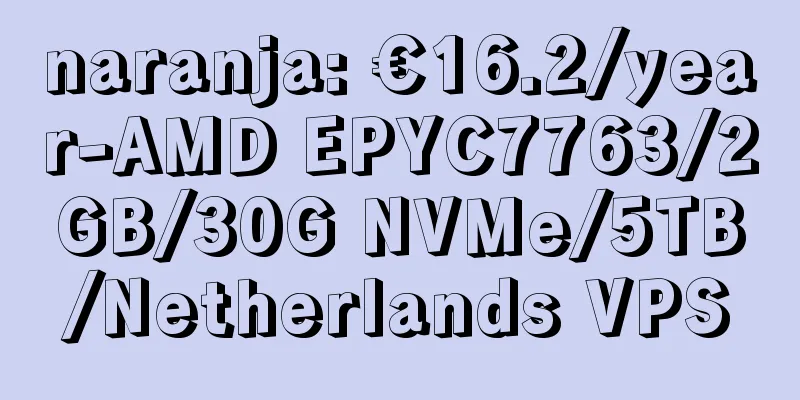Interviewer asked: What is a dynamic proxy?

|
This article is reprinted from the WeChat public account "Java Geek Technology", the author is Tang, a fan of Yaxue. Please contact the Java Geek Technology public account for reprinting this article. 1. IntroductionWhat is an agent?According to historical records, the word "agent" first appeared in the agency industry. In short, the so-called agent helps companies or bosses to manage their business, and does not produce any goods themselves. For example, when we go to the train station to buy tickets, if there are few people, the boss can handle it alone, but if there are many people, it will be very crowded, so there are various ticket sales points, and we can buy tickets from the ticket sales points, which speeds up the boss's ticket sales. The emergence of ticket sales outlets can be said to have directly helped bosses improve users' ticket purchasing experience. From the perspective of software design, the effect is actually the same. Using proxy mode programming can significantly enhance the original functions and simplify method calling. Before introducing dynamic proxy, let's talk about static proxy first. 2. Static ProxyNext, we take the addition of two numbers as an example, the implementation process is as follows! Interface Class
Target audience
Proxy Object
Test Class
Output
The biggest advantage of this proxy method is that the function of the target object can be extended without modifying the target object. But there are also disadvantages: the proxy object and the target object need to implement the same interface. Therefore, when the target object expands new functions, the proxy object must also be expanded, which is not easy to maintain! 3. Dynamic ProxyDynamic proxy is actually created to solve the pain point that when the target object expands new functions, the proxy object also needs to expand along with it. So how is it solved? Taking JDK as an example, when it is necessary to add proxy processing to a target object, JDK will dynamically build a proxy object in memory to implement the proxy function for the target object. Next, we will take the addition of two numbers as an example to introduce the specific gameplay! 3.1. How to generate proxy objects in JDKCreating an interface
Target audience
Dynamic Proxy Objects
Test Class
Output
The steps to dynamically create an interface instance using JDK technology are as follows:
Dynamic proxy is actually the process of JVM dynamically creating and loading class bytecode at runtime. It does not involve any black magic technology. Rewriting the above dynamic proxy into a static implementation class probably looks like this:
The essence is that JVM automatically writes the above class for us (no source code is required, bytecode can be generated directly). 3.2. How to use cglib to generate proxy objectsIn addition to JDK's ability to dynamically create proxy objects, there is also a very famous third-party framework: cglib, which can also dynamically generate a subclass object in memory at runtime to expand the functionality of the target object. cglib features are as follows: cglib can not only proxy interfaces but also classes, while JDK's dynamic proxy can only proxy interfaces. cglib is a powerful, high-performance code generation package that is widely used by many AOP frameworks, such as the well-known Spring AOP, for which cglib provides method interception. The underlying layer of the CGLIB package uses a small and fast bytecode processing framework ASM to convert bytecode and generate new classes at a very fast speed. Before using cglib, we need to add dependency packages. If you already have the spring-core jar package, you do not need to introduce it because cglib is included in spring.
Next, we will take the addition of two numbers as an example to introduce the specific gameplay!
Target audience
Dynamic Proxy Objects
Test Class
Output
Rewriting the proxy class generated by cglib into a static implementation class might look like this:
Among them, the interception idea is similar to JDK, and both are intercepted through an interface method! As we have mentioned above, cglib can not only proxy interfaces but also proxy classes. Now let’s try proxying classes.
Test Class
Output
4. Static WeavingIn the above, the proxy solutions we introduced all dynamically generate class files when the code is running to achieve the purpose of dynamic proxy. Back to the essence of the problem, in fact, the technical purpose of dynamic proxy is mainly to solve the problem that when the target interface is expanded in the static proxy mode, the proxy class must also be changed accordingly, so as to avoid the tediousness and complexity of work. In the Java ecosystem, there is also a very famous third-party proxy framework, which is AspectJ. AspectJ can compile the target class into class bytecode through a specific compiler, and add business logic around the method to achieve the effect of static proxy. There are four main methods for method implantation using AspectJ:
It is also very simple to use. The first step is to add the AspectJ compiler plug-in to the project.
Then, write a method to prepare for the proxy.
Writing a proxy configuration class
After compilation, the hello method will become like this.
Obviously, the code has been modified by the AspectJ compiler. AspectJ does not dynamically generate proxy classes at runtime, but instead embeds the code into the class file during compilation. Because it is statically woven, the performance is relatively good! V. SummarySeeing the static weaving scheme introduced above, it is very similar to the way we use Spring AOP now. Some students may wonder, is the Spring AOP dynamic proxy we are using now dynamically generated or statically woven? In fact, Spring AOP proxy is a layer of encapsulation of JDK proxy and CGLIB proxy, and introduces some annotations in AspectJ such as @pointCut, @after, @before, etc., which essentially uses dynamic proxy technology. To sum up, there are three points: If the target is an interface, JDK's dynamic proxy technology is used by default; If the target is a class, use cglib's dynamic proxy technology; Some annotations in AspectJ, such as @pointCut, @after, and @before, are introduced, mainly to simplify usage and have little to do with AspectJ. So why doesn't Spring AOP use a static weaving solution like AspectJ? Although the AspectJ compiler is very powerful and has very high performance, it needs to be recompiled as long as the target class is modified. The main reason may be that the AspectJ compiler is too complicated and is not as worry-free as dynamic proxy! 6. Reference1. Three Java proxy modes: static proxy, dynamic proxy and cglib proxy 2. What is the role of Java dynamic proxy? |
<<: Understanding Deterministic Networks in Seconds: Playing with Queues (Part 2)
>>: You have insufficient data remaining for this month...
Recommend
The difference between single-mode fiber and multi-mode fiber and how to choose
1. What are single-mode and multi-mode optical fi...
After unplugging the network cable, does the original TCP connection still exist?
Hello everyone, I am Xiaolin. Today, let’s talk a...
Dell'Oro's view: The next step in 5G technology development is to demand capacity from the 6 GHz band
In a recent blog post, Stefan Pongratz, vice pres...
Some Discussions on the Transmission Network in DCI
Preface The exploration of DCI technology has bee...
ITU releases draft specification, a big step forward in 5G standardization
According to foreign media reports, despite the o...
Cloud, IPv6 and all-optical networks
With the development of technologies such as 5G a...
Understand enterprise AAA authentication, authorization, billing services and configuration in one article
Hello everyone, I am Bernie, an IT pre-sales engi...
Shenyang University: All-optical wireless optimizes application experience and creates a "easy-to-use and easy-to-use" campus network
Shenyang University is one of the universities wi...
China's 5G technology is constantly making breakthroughs and has taken the lead in the world. A new era of convenient smart technology is coming
As a new type of mobile communication network, 5G...
VULTR Launches Free VPS Plan
VULTR released information about the launch of a ...
RAKsmart New Year's Big Offer: E3 servers starting at $30/month, new Korean servers, Hong Kong/Japan/US cluster servers, VPS monthly payment starting at $1.99, GPU servers, high-defense servers
RAKsmart has launched a New Year's Big Sale. ...
In the 5G era, how do the three major operators fight the edge war?
5G makes the Internet of Everything possible. Whi...
Seamless mobile connectivity is key to digitalization in healthcare
[[373455]] The widespread problem of unreliable c...
Cisco Unleashes Unlimited Opportunities with Industry’s First Open, Intent-Based Networking Platform
The three major technological changes of the Inte...
5G promotes the development of industrial Internet, and we need to pay attention to these two points in the future
The Industrial Internet is the key cornerstone an...









